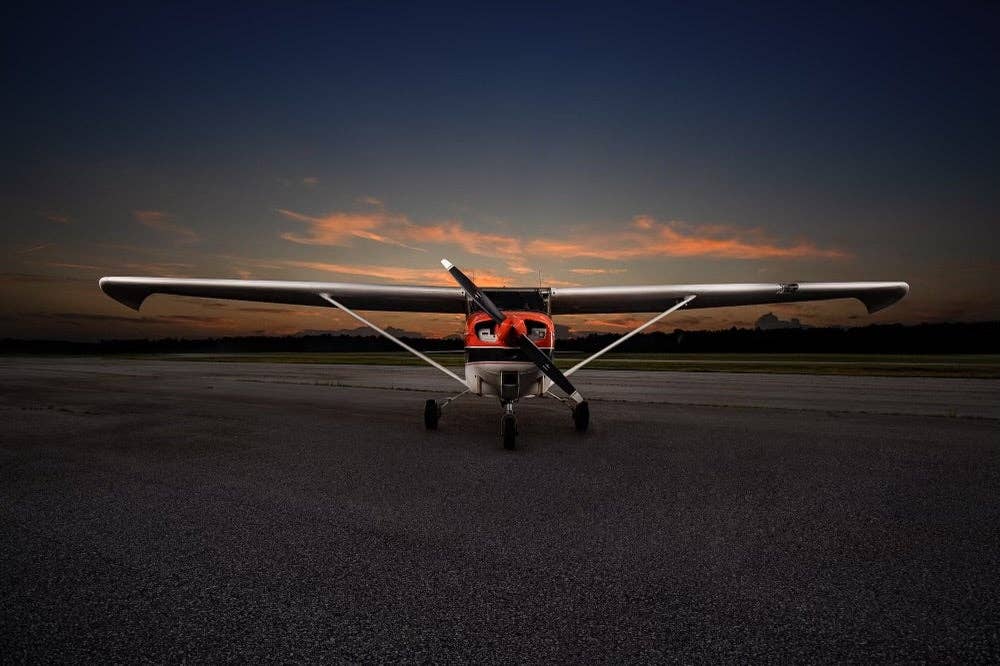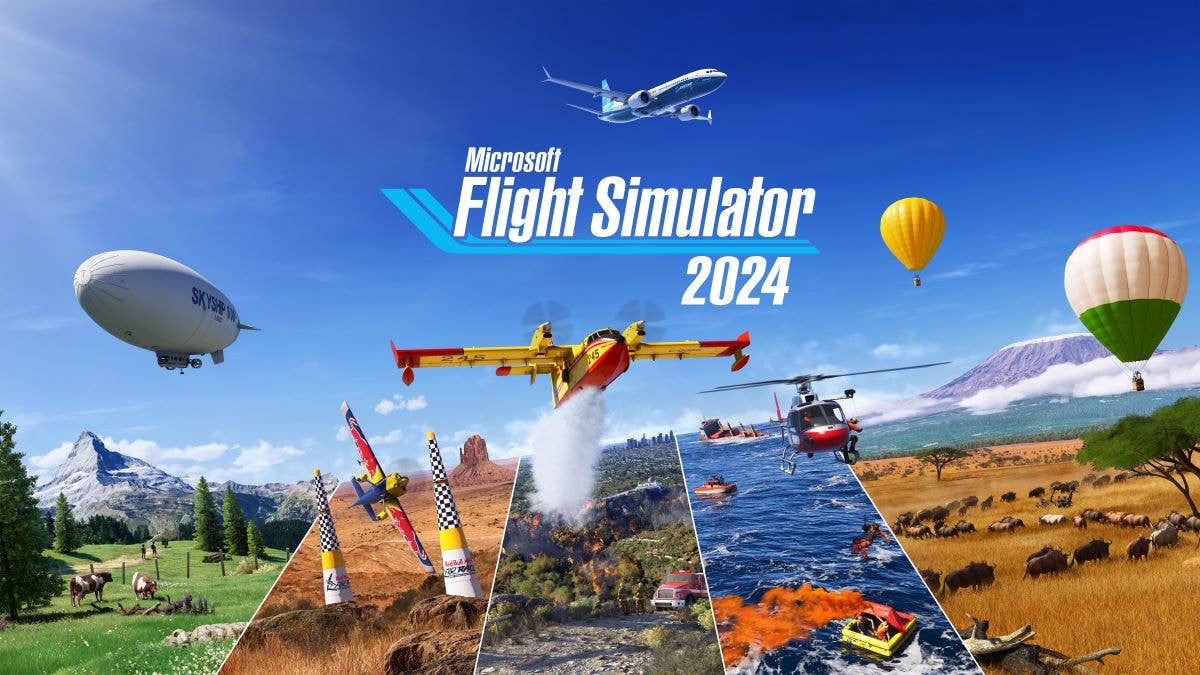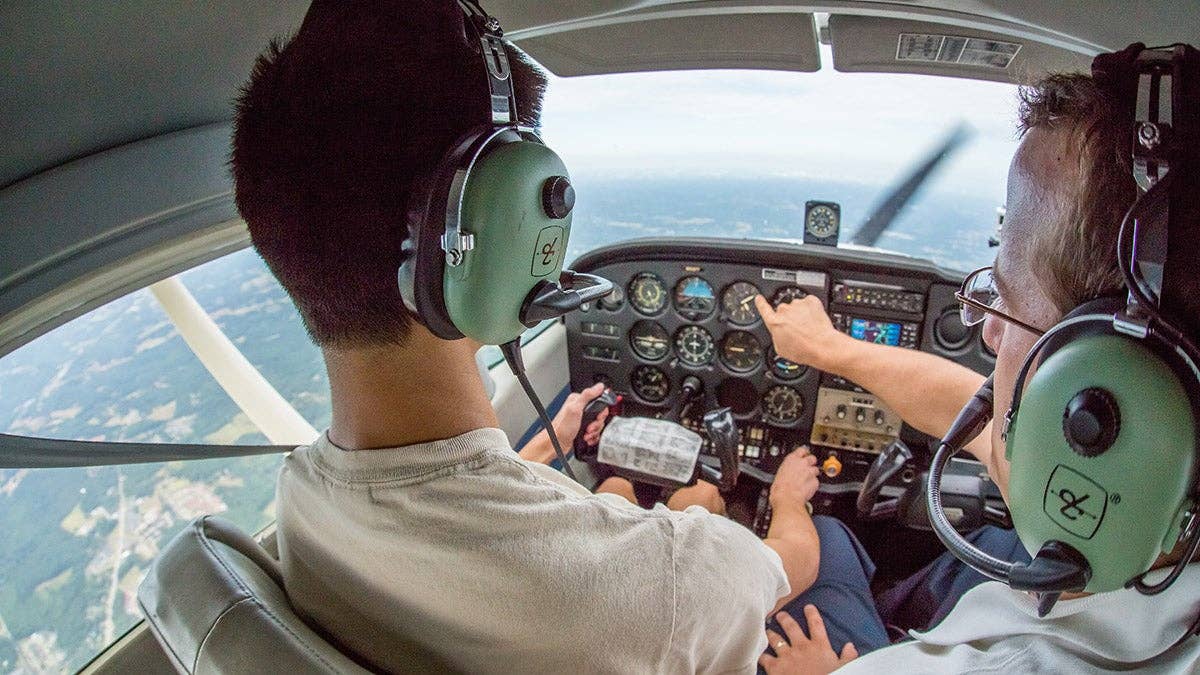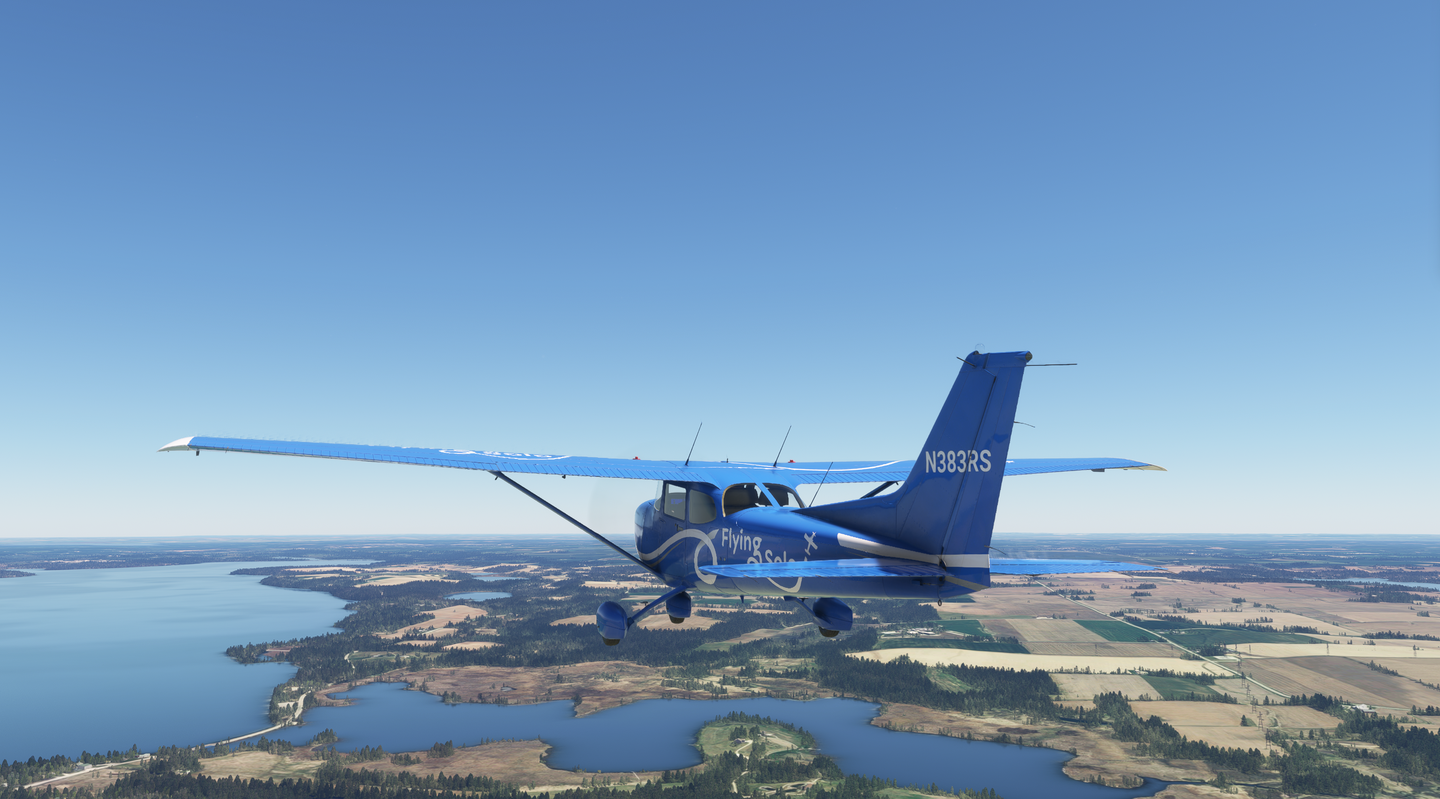What You Need to Know About Tires When Learning to Fly
Aircraft tires take a beating at a flight school, so it’s important for a student pilot to know what is normal and what is not.
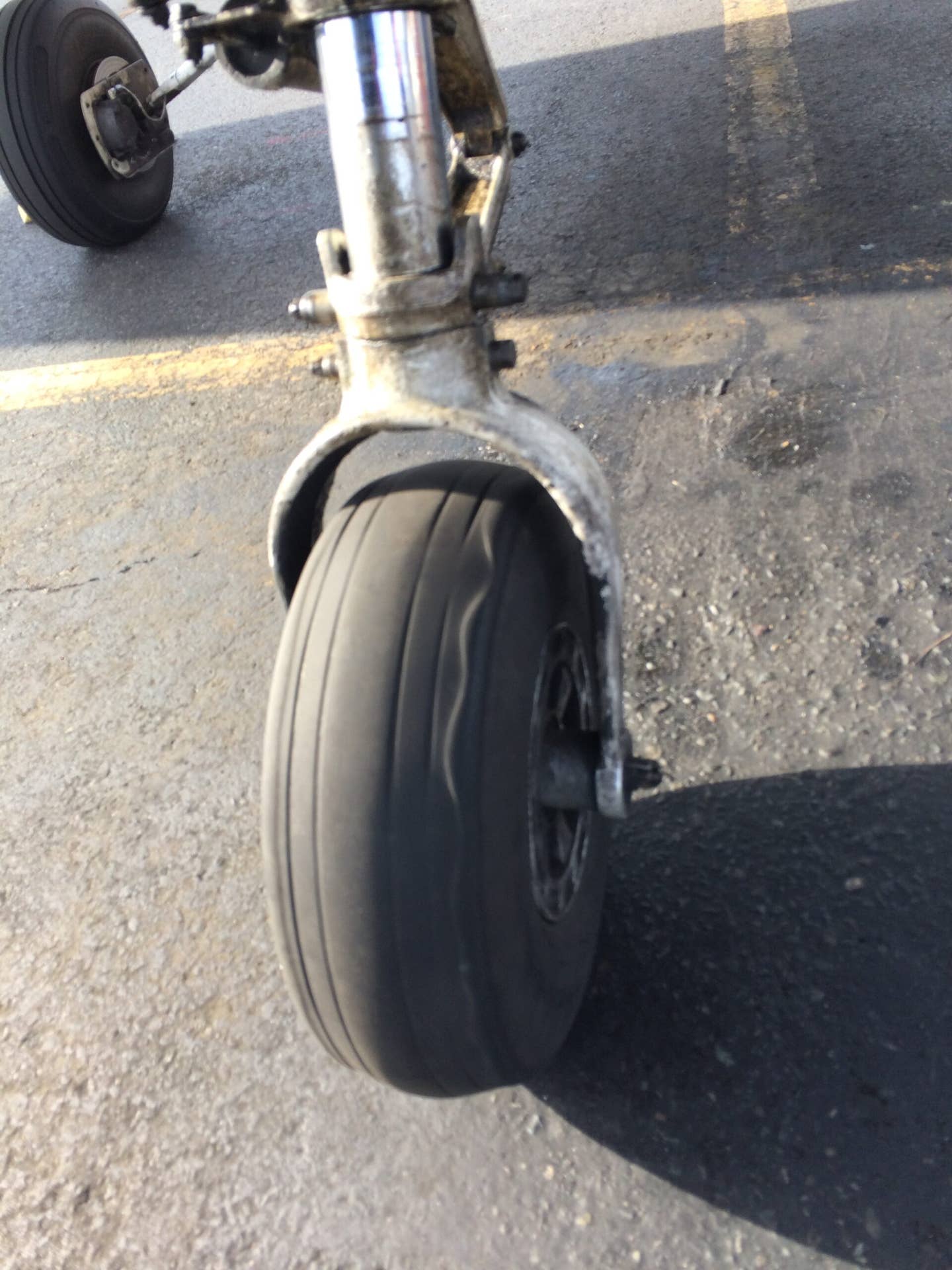
Scalloped tire [Courtesy: Meg Godlewski]
"Uh-oh."
This is not what a CFI wants to hear when the learner is doing the preflight inspection. The learner was looking at the nosewheel of the Cessna 150, specifically, at a scalloped pattern on the side of the tire. She'd never seen this before—and frankly, in my more than 30 years of flying, neither had I. But I knew ugly when I saw it.
One of the things I teach my learners is not to be embarrassed about asking for help, or asking a more experienced pilot or mechanic a question about something you find during a preflight. With this in mind I took a photograph of the tire with my smartphone and sent it to an A&P/IA with the text question, "OK to fly?" although I had a pretty good idea what the reply would be.
And I was right.
The reply came back immediately: NO. A few more lines followed, mostly caveats about tires blowing at awkward moments and inquired if I needed help. I quickly explained the situation and ended with the phrase, "Decision: no-go."
Although disappointed we could not fly, I was happy the learner had the opportunity to see a less-than-standard tire, because it allowed us to have a discussion about aircraft tires. They take a beating at a flight school, so it's important for the learner to know what is normal and what is not. There is a reason that the checklist includes "check tires for proper inflation, damage, and flat spots."
Negative transference—that is, applying information from something similar but different—can bite a pilot, especially with tires. One of the big mistakes made by fledgling pilots, especially those who are renting aircraft, is that they think airplane tires are the same as automobile tires, according to Randy Hedrick, customer support engineer for Michelin Tire.
"Car tires have a wear bar. Aircraft tires don't," Hedrick said, noting that the flight students may not realize the aircraft tires are worn to the point of impending failure or more commonly, improperly inflated.
"We recommend doing a pressure check before the first flight of the day. It's normal for tires to lose pressure during the day, [so] losing up to 5 percent in two to four hours is acceptable."
Renter pilots often don't check the pressure of the tires as part of the preflight inspection. Improperly inflated tires can cause vibration—and that will definitely get your attention during ground operations, especially during takeoff and landing.
Can You Change the Tire?
Most flight schools keep spare tires stocked, especially when they are also an FBO and have a visiting aircraft in need of maintenance. If they have a replacement tire, you have the tools, and it is your aircraft, so the FARs permit you to change the tire. But please don't try to do it unless you have the proper tools and know how.
Every mechanic contacted for this story said the same thing: It's best to have someone with experience (like an A&P) show you how to do it at least once. There are more steps involved when changing an aircraft tire than there are when changing a tire on a bicycle or automobile, and different techniques and the right tools are a must.
For starters, you need to chock the other tires, find the jack point on your aircraft, and then have some blocks of wood to balance the jack. You have to be careful as you jack up the airplane and reposition the jack because the tire may move in.
Once the airplane is jacked up and the tire off the ground, you have to cut the safety wire. This releases the bolts that hold the brake pad in place, allowing you to take the wheel apart. That's right—take the wheel apart.
The inner tube can take on a life of its own. Be very careful about the valve stem and be sure the tire tube is not kinked or folded. Installing the tube, whether new or used, involves talcum powder to guide in the inner tube. You have to be careful not to allow the tube to crease or fold, because that can introduce uneven wear, which you will feel when the tire rotates during ground operations.
These are just a few of the things we were warned about. There are many more steps to it, and even if you've done it before, you'll probably want your A&P to check your work. You also need to log the tire change in the aircraft maintenance log.
Even putting air in the tire is not as straightforward as it is with cars. With automobile tires you find the pressure printed on the sidewall. On an airplane, that information is printed in the aircraft's pilot's operating handbook or airplane flying manual. Be able to find that information, noting the pressure for the nosewheel and main gear are usually different.
Always verify those numbers before you ask someone to put air in the tires.
Flight School Tire Challenges
The flat spot is the most common issue found on flight school tires. This is caused by slamming on the brakes and locking them up.
Flat spots can be a challenge to see if the aircraft has wheel pants, so be ready to gently roll the aircraft forward by hand and check the tires all around during the preflight inspection. If the chords are showing through the tread, it's usually a no-go situation. But there are some pilots who want to make the flight so badly that they get hit with an invulnerability stick and take the aircraft out anyway.
Please don't be this person.
When you report an issue with a tire to the flight school you expect the maintenance crew to take a look at it. Most of them are good about this, as the aircraft doesn’t make any revenue when it is sitting on the ground.
If you are skeptical that the tire has been inspected, you can do the old chalk trick – make a line on the tire with chalk. If the tire is inspected the chalk line should disappear as the tire rolling over the ground will erase the mark. If the chalk line remains, the tire was not checked.
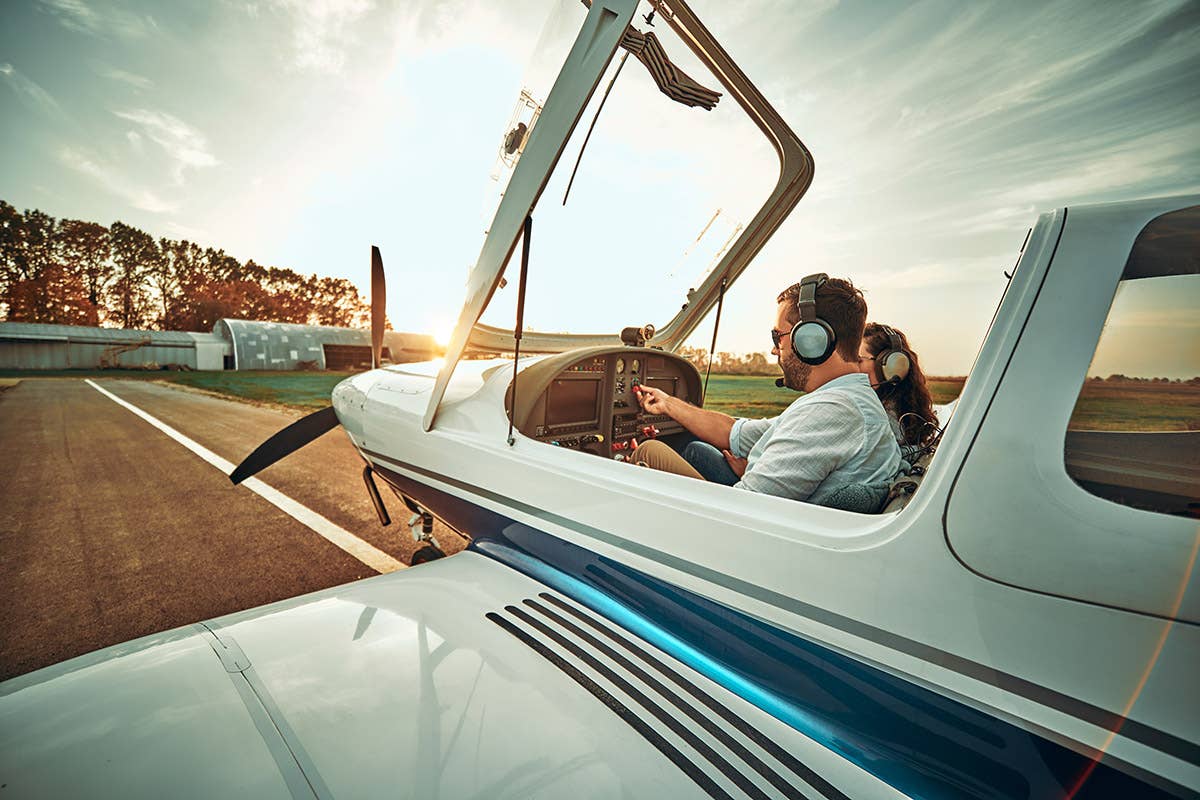
Subscribe to Our Newsletter
Get the latest FLYING stories delivered directly to your inbox

